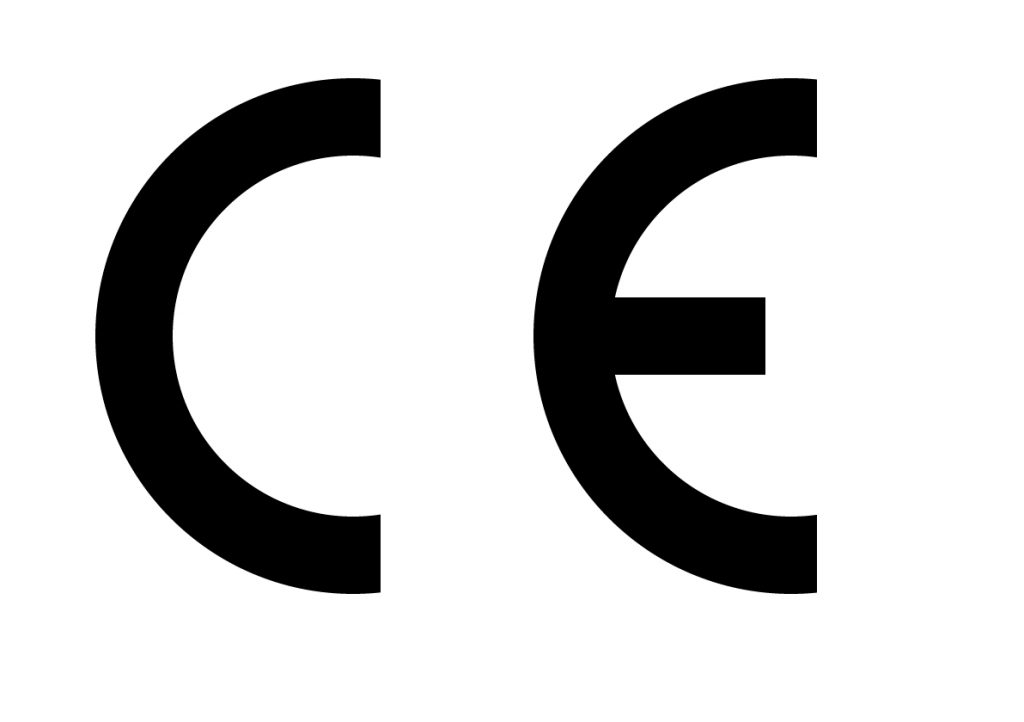If you’re not sure what cold bridging is, you’re not alone. It’s a term that’s often used in the construction industry but can be difficult to define. In a nutshell, cold bridging refers to the transfer of heat or cold through areas of a building that are not properly insulated. This can happen when there are gaps in insulation or when heat-conducting materials are used in construction. Cold bridging can lead to condensation, mould growth, and higher energy bills. But there are ways to prevent it. Read on to learn more about cold bridging and how to avoid it in your home or office.
What is Cold Bridging?
Cold bridging is when heat escapes through gaps or weak spots in the fabric of a building. It’s most common in places where there are big temperature changes, like windows, doors and any external walls.
It happens because heat always flows from warmer to cooler places. So, if there are gaps in your insulation, heat will escape through them and cool the air around them. This can make your home colder and increase your energy bills.
You can prevent cold bridging by filling in the gaps with insulation material. This will stop the heat from escaping and keep your home warm.
The Causes of Cold Bridging
There are three main causes of cold bridging:
- Thermal conductivity – metal conducts cold much better than other materials such as brick or insulation, so where metal is used in construction, it will act as a path for heat to escape.
- Mass – heavyweight materials such as stone or concrete take longer to heat up and cool down than lightweight materials such as timber or plasterboard, so they will radiate heat for longer.
- Contact area – a large surface area in contact with the outdoors will cause more heat to be lost than a small surface area.
All three of these factors can be minimised by using insulation and thermal breaks.
The Effects of Cold Bridging
Cold bridging is the transfer of heat between two materials that are at different temperatures. The most common type of cold bridging occurs when there is a gap in insulation, which allows heat to travel from the warm side to the cold side. This can happen in many different ways, but the most common is when there is a metal component (such as a metal stud or pipe) that connects the two materials.
Cold bridging can have a significant impact on the thermal performance of a building, as it can allow heat to escape or enter the building more easily. In some cases, it can also lead to condensation and mould growth.
How to Prevent Cold Bridging
Cold bridging is an undesirable effect that can occur in construction, particularly when insulation is present. It occurs when there is a path for heat or cold to travel between two areas that are meant to be at different temperatures. This can cause condensation and mould growth, as well as make it difficult to maintain a comfortable indoor temperature.
There are a few ways to prevent cold bridging:
- Use insulation: Proper insulation will help to minimize the risk of cold bridging by creating a barrier between the inside and outside of your home.
- Use thermal breaks: Thermal breaks are materials that have poor thermal conductivity, meaning they won’t allow heat to pass through them easily. By using thermal breaks in construction, you can help to prevent cold bridging.
- Use an airtight seal: Airtight seals will also help to prevent heat transfer and the resulting cold bridging.
How to Treat Cold Bridging
Cold bridging, also known as thermal bridging, is an area of a building envelope that has a lower rate of heat transfer than the surrounding materials. This can happen when there is an interruption in the insulation, or when there is a difference in the thermal conductivity of the materials. As a result, heat is conducted more quickly through the area of cold bridging, and the air temperature in that area is lower than in the rest of the envelope.
There are several ways to treat cold bridging:
- Add insulation: This is the most common and effective way to treat cold bridging. By adding more insulation to the building envelope, you can reduce the amount of heat that is conducted through the areas of cold bridging.
- Use thermal break materials: Thermal break materials have a lower thermal conductivity than other materials, so they can help to reduce heat transfer through areas of cold bridging.
- Use vapour barriers: Vapor barriers help to prevent moisture from condensing on cold surfaces, which can help to reduce heat loss through those surfaces.
The Benefits of Cold Bridging
The benefits of cold bridging are many and varied, but the most important benefit is that it helps to keep homes warmer for longer. By preventing heat from escaping through walls and floors, cold bridging ensures that homes stay warm for longer, which can save money on heating bills. In addition, cold bridging can also improve the energy efficiency of a home, as less heat is required to maintain a comfortable temperature.
The Disadvantages of Cold Bridging
While cold bridging can have some advantages, there are also a few potential disadvantages to consider. One is that it can potentially lead to drafts and increased heating costs. If air is able to pass through the gaps created by cold bridging, it can result in drafts that can make your home feel colder and cause your heating costs to go up.
Another potential disadvantage is that cold bridging can create moisture problems. If moisture is able to get into the cracks and crevices created by cold bridging, it can lead to rot, mold, and other moisture-related issues. This is why it’s important to take steps to prevent or mitigate against cold bridging if you live in an area with a high risk of damp or moist conditions.
The Future of Cold Bridging
The future of cold bridging is in insulated bridge elements. These are high-performance products that offer excellent levels of thermal insulation. By using these products, it will be possible to achieve much higher levels of energy efficiency in buildings. In addition, they will also help to reduce carbon emissions and help to tackle climate change.






